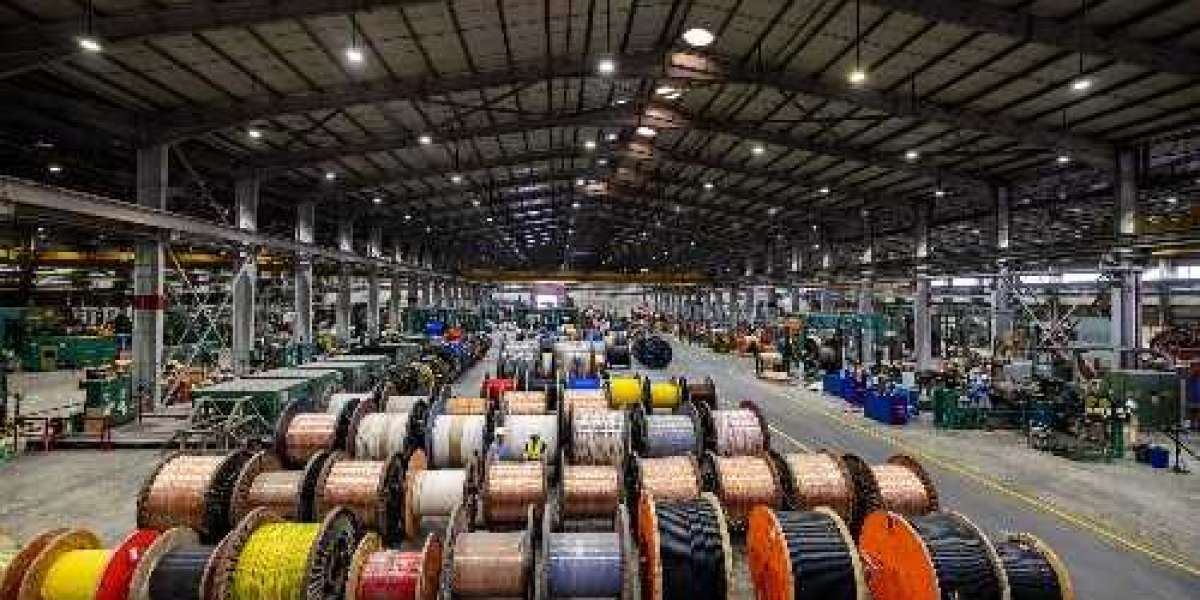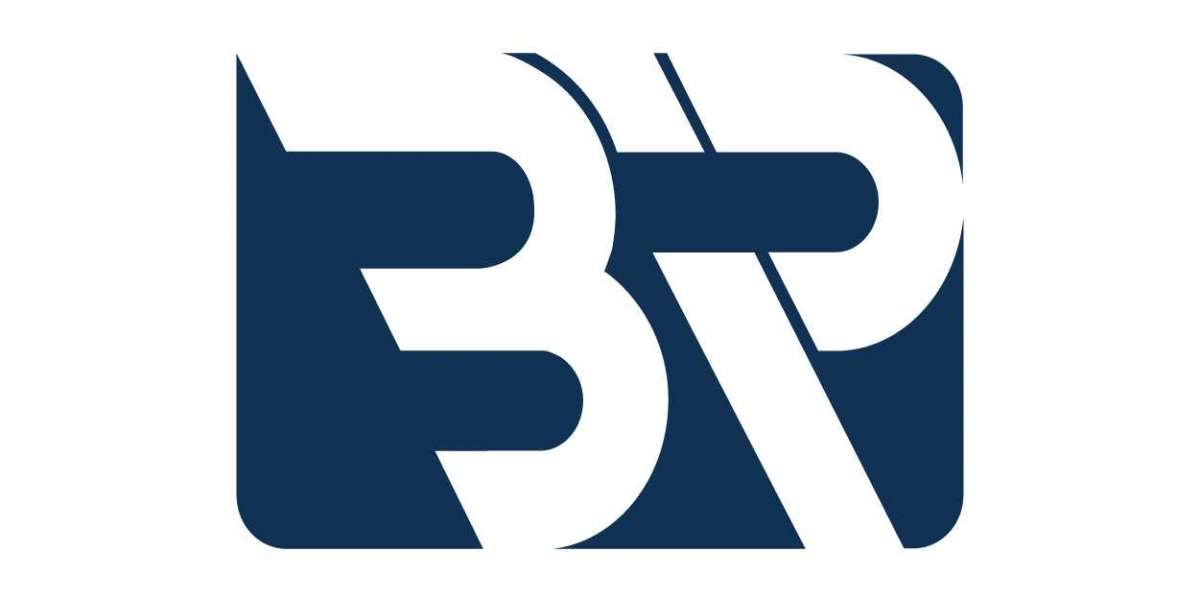Ports have always been vital arteries of global trade, bustling hubs where goods transition between sea and land. But the ports of tomorrow are undergoing a radical transformation, evolving into "smart ports" – highly efficient, interconnected, and sustainable ecosystems powered by digital technologies. This evolution, driven by the demands of global supply chains, environmental pressures, and the need for greater efficiency, places an unprecedented reliance on sophisticated cable infrastructure . From powering automated cranes to connecting vast networks of IoT sensors and integrating renewable energy, cables are the unseen backbone wiring the future of maritime logistics.
The Smart Port Vision: Efficiency Meets Sustainability
A smart port leverages technology to optimize every aspect of its operations:
- Automation: Automated guided vehicles (AGVs), automated stacking cranes (ASCs), and robotic handling systems.
- IoT Data Analytics: Thousands of sensors collecting real-time data on cargo, equipment, weather, and traffic.
- Artificial Intelligence (AI): Optimizing vessel scheduling, cargo flow, and resource allocation.
- Digital Twins: Virtual replicas of port operations for simulation and optimization.
- Renewable Energy: Integrating solar, wind, and shore power for vessels.
- Enhanced Security: Advanced surveillance and access control.
This complex technological tapestry cannot function without a robust, reliable, and intelligent cabling network.
Cable Infrastructure: The Unseen Lifelines of a Smart Port
The demands on cables in a smart port environment are immense, requiring specialized solutions:
1. High-Power Cables for Electrification Automation
- Automated Crane Power: Massive automated stacking cranes (ASCs) and ship-to-shore (STS) cranes require heavy-duty, flexible, and often highly specialized reeling cables that can withstand constant flexing, torsion, and abrasion as they move. These cables transmit high voltage power (e.g., 6.6 kV, 11 kV) and control signals.
- AGV Charging Power: Automated Guided Vehicles (AGVs) are increasingly electric. They require robust charging infrastructure and power cables to their charging stations.
- Shore Power (Cold Ironing): To reduce emissions from idling ships, ports are installing shore power connections. This requires high-capacity, robust cables to deliver electricity from the grid to vessels docked at berth, allowing them to switch off their diesel engines.
- Substation Distribution: High-voltage power cables connect the port's substations to various operational areas, ensuring reliable power delivery across the vast port complex.
2. High-Speed Data Communication Cables
- Fiber Optic Backbone: The absolute backbone of a smart port. Fiber optic cables provide the ultra-high-bandwidth, low-latency communication network connecting:
- Automated equipment (cranes, AGVs).
- Thousands of IoT sensors (for cargo tracking, environmental monitoring, equipment health).
- CCTV cameras and surveillance systems.
- Port management systems and control centers.
- Vessel communication systems.
- They are immune to electromagnetic interference (EMI) from heavy machinery.
- Industrial Ethernet Cables: Ruggedized Ethernet cables (e.g., Cat6A, Cat7) are used for connecting individual devices, sensors, and control systems within specific operational zones. They must withstand harsh outdoor conditions.
- Wireless Infrastructure Backhaul: Cables connect Wi-Fi access points and 5G small cells across the port, providing wireless connectivity for mobile devices and sensors.
3. Specialty Resilient Cables
- Marine-Grade Environmental Resistance: All cables must be resistant to saltwater corrosion, UV radiation, extreme temperatures, and mechanical abrasion from dust and sand (especially in port cities in regions like India or the Middle East).
- Fire Safety Cables: LSZH (Low Smoke Zero Halogen) cables are crucial for enclosed spaces within port buildings, control towers, and any areas with high human traffic, ensuring safety in case of fire.
- Hybrid Cables: Combining power, data, and fiber optics into a single cable can simplify installation and save space, especially for remote sensors or automated equipment.
- Smart Cables: Cables with integrated sensors for real-time monitoring of their own health (e.g., temperature, load) can provide predictive maintenance insights, crucial for minimizing downtime in a 24/7 operation.
The Impact: Wiring a New Era of Trade
The sophisticated cable infrastructure in smart ports enables:
- Increased Efficiency: Faster cargo handling, optimized vessel turnaround times, and reduced operational costs.
- Enhanced Sustainability: Reduced emissions from idling ships (shore power), optimized energy use, and integration of renewable energy.
- Improved Safety: Better real-time monitoring, automated systems reducing human exposure to hazardous areas, and enhanced fire safety.
- Greater Security: Advanced surveillance and access control systems.
- Real-Time Visibility: End-to-end tracking of cargo and equipment, improving supply chain transparency.
Manufacturers like leading cable manufacturers in uae are at the forefront of developing these specialized, robust cable solutions for smart port applications. They rely on quality cable suppliers in uae for high-performance materials.
Conclusion: The Unseen Network Powering Global Trade
Smart ports and modernized maritime logistics are transforming global trade, making it faster, greener, and more efficient. This ambitious vision, however, is utterly dependent on a complex and resilient cable infrastructure. From the heavy-duty reeling cables powering automated cranes to the high-bandwidth fiber optics connecting thousands of sensors, cables are the unseen lifelines that enable real-time data flow, intelligent automation, and sustainable energy integration. As global trade continues to expand, the role of advanced cable technology in wiring these intelligent harbors will only grow, ensuring the seamless flow of goods that underpin the world economy.
Your Smart Ports Cable Questions Answered (FAQs)
- What's the most critical type of cable for port automation?
For automated cranes and AGVs (Automated Guided Vehicles), reeling cables are extremely critical. These are highly specialized power and control cables designed to withstand millions of cycles of flexing, twisting, and tension as the equipment moves, ensuring continuous power and data transmission. - Why are fiber optic cables so important in a smart port?
Fiber optic cables are crucial because they offer:
- Ultra-high bandwidth: To handle the massive amounts of data from thousands of sensors, cameras, and automated equipment.
- Low latency: For real-time control of automated systems.
- Immunity to EMI: They are not affected by electromagnetic interference from heavy electrical machinery, ensuring reliable data transmission.
- What is "shore power" (cold ironing) and what kind of cables does it use? Shore power, or cold ironing, allows docked ships to turn off their diesel engines and connect to the port's electrical grid for power. This reduces air pollution and noise. It requires specialized, heavy-duty, high-voltage shore power cables to deliver electricity from the port's infrastructure to the vessel.
- How do smart ports protect their cables from the harsh marine environment? Cables in smart ports are designed with robust jacketing materials (resistant to saltwater, UV, abrasion), and often include heavy steel wire armoring for mechanical protection. Installation techniques like burial (plowing into the seabed) or using protective conduits are also employed to shield them from physical damage and corrosion.
- Are LSZH cables used in ports, and why? Yes, LSZH (Low Smoke Zero Halogen) cables are increasingly used in smart ports, particularly in enclosed spaces like control towers, administrative buildings, and critical infrastructure where human presence is high. In a fire, LSZH cables produce very little smoke and no toxic or corrosive gases, improving safety for personnel and protecting sensitive electronic equipment.








